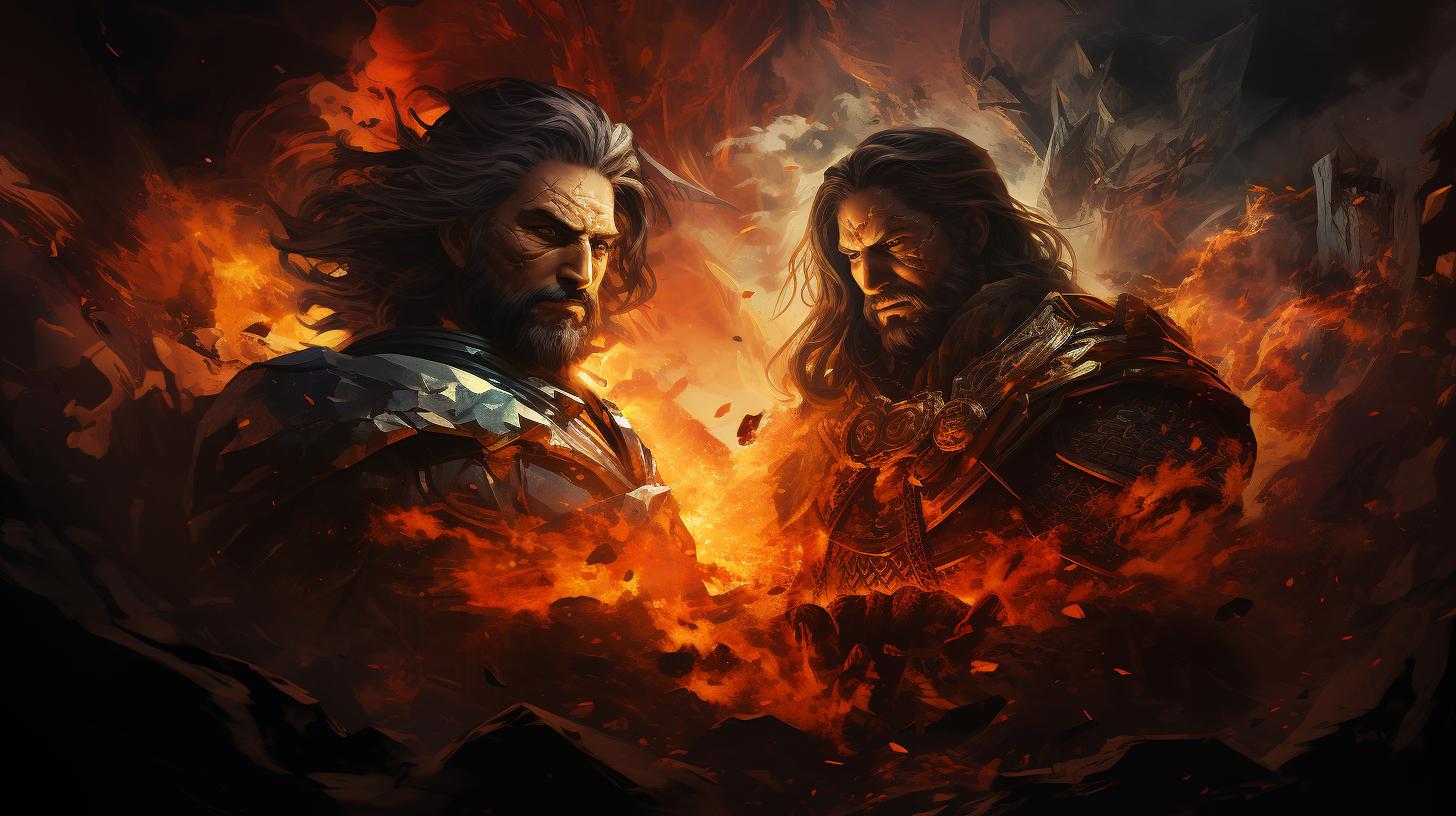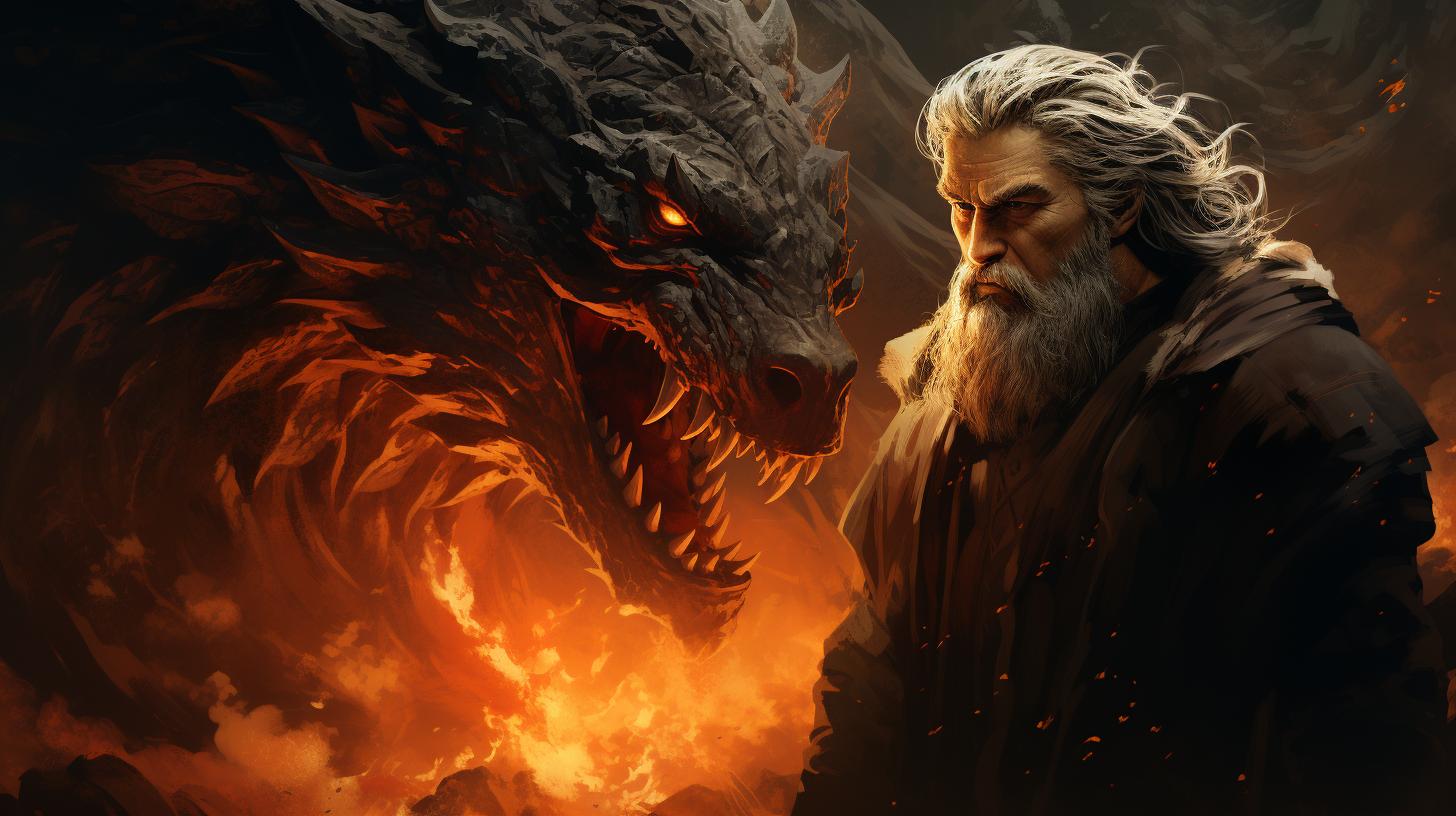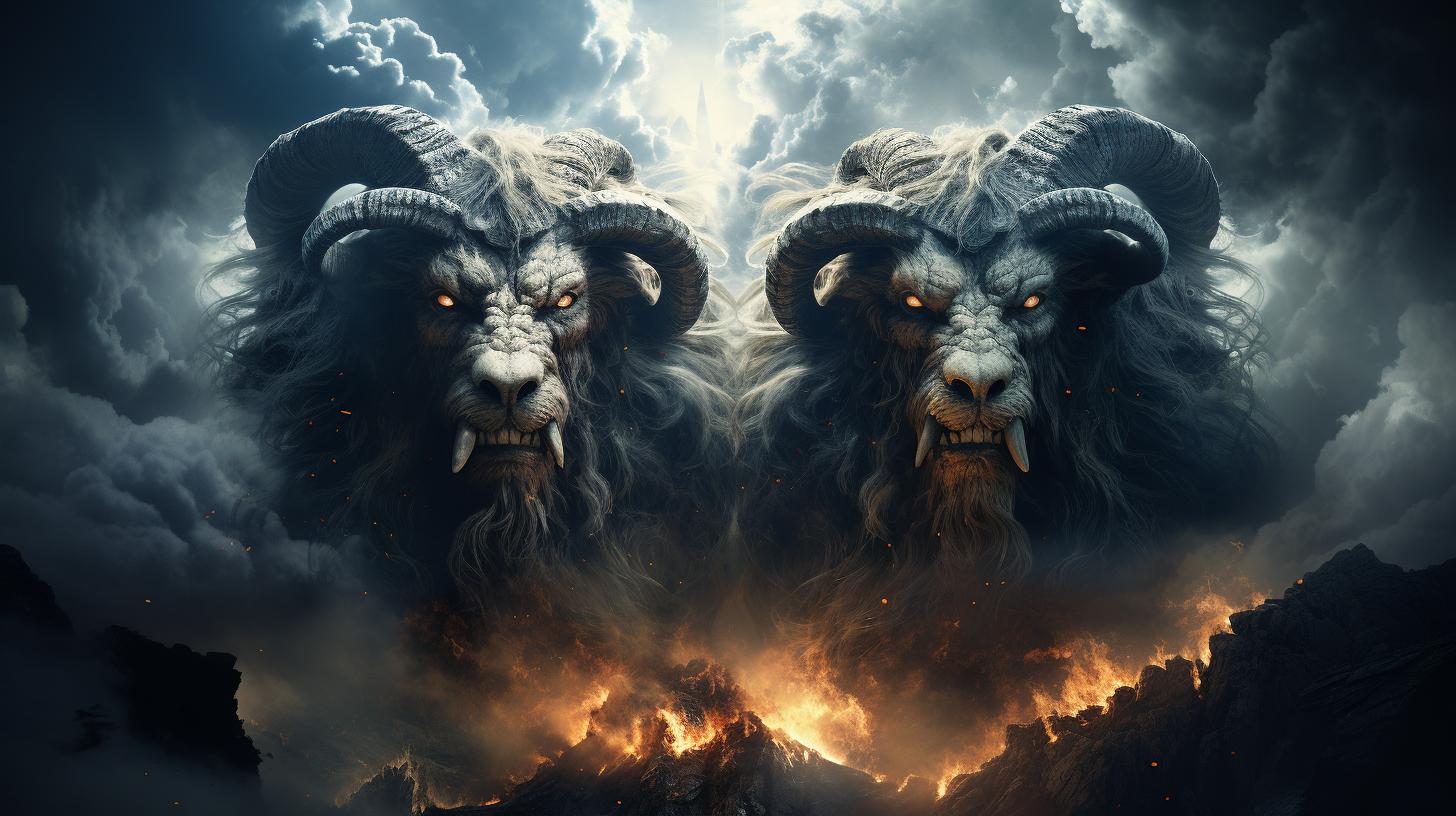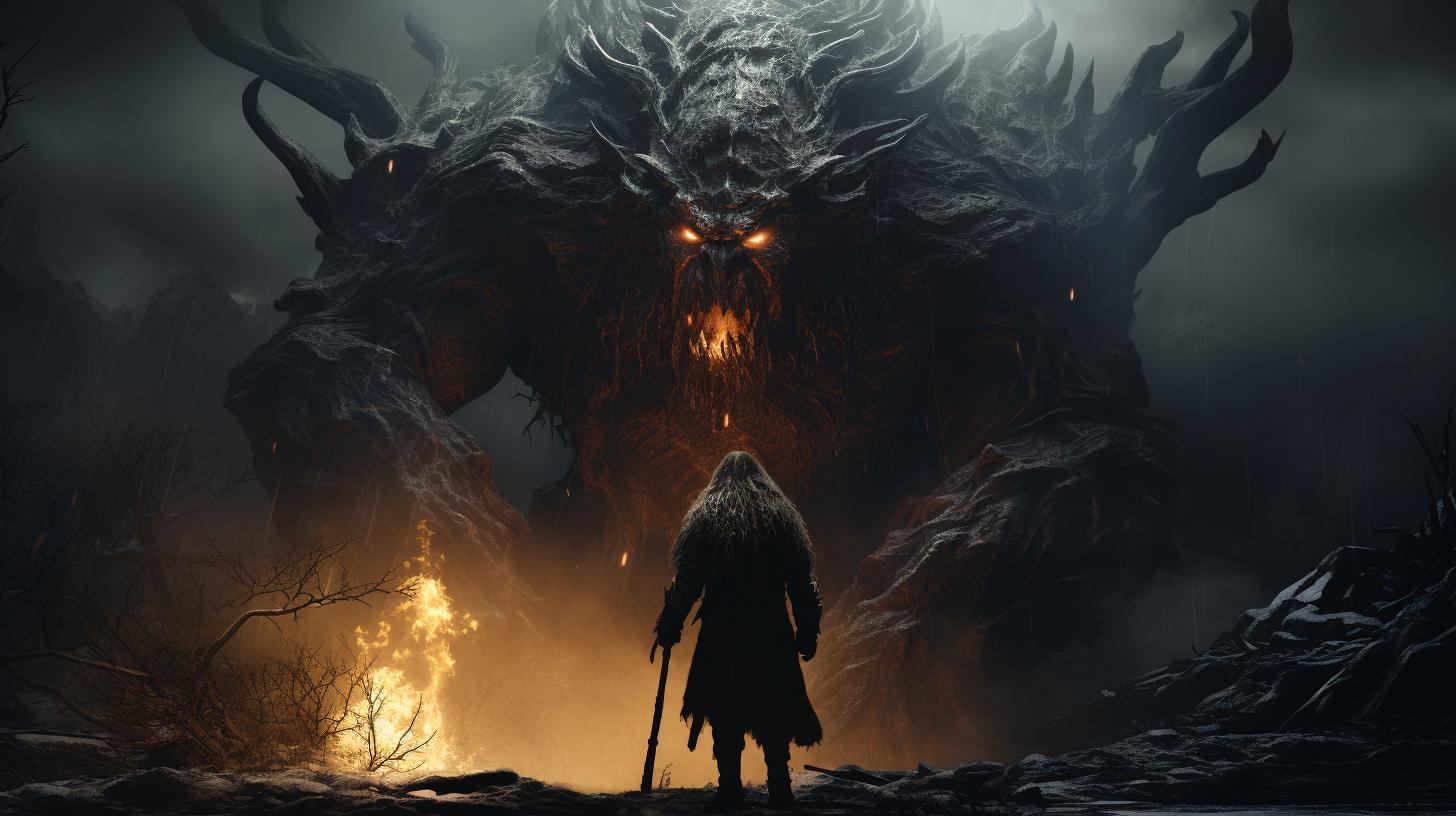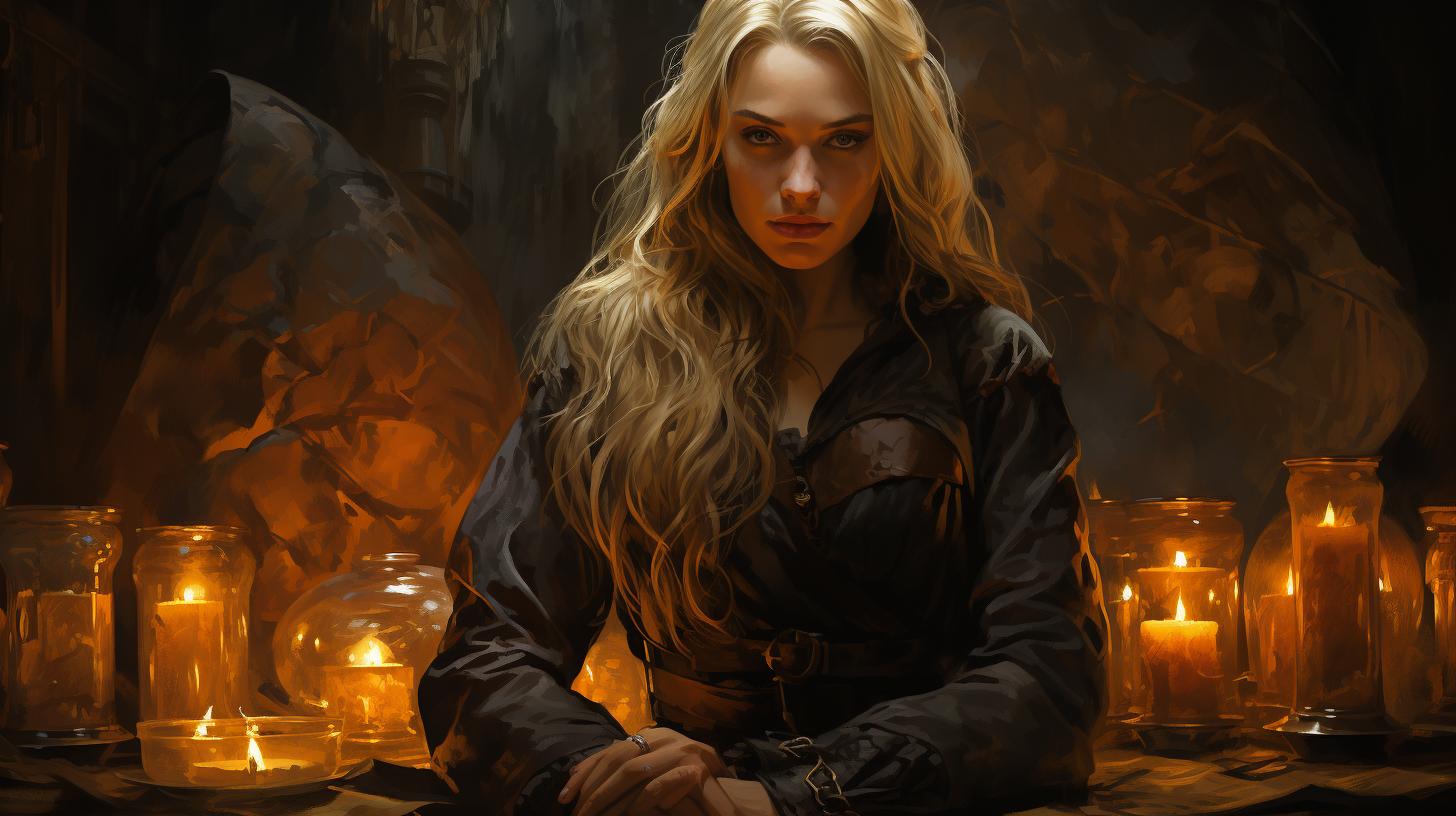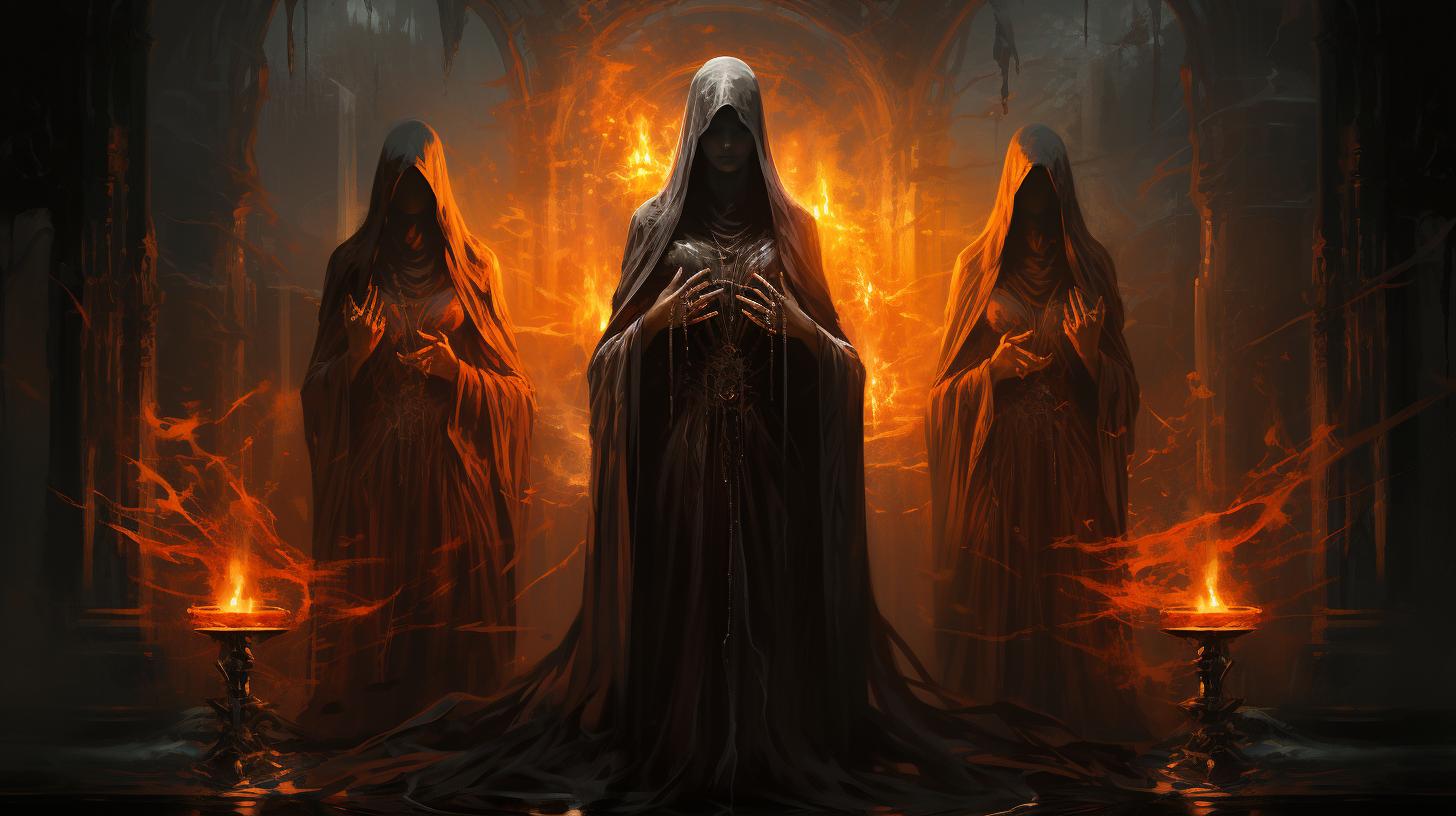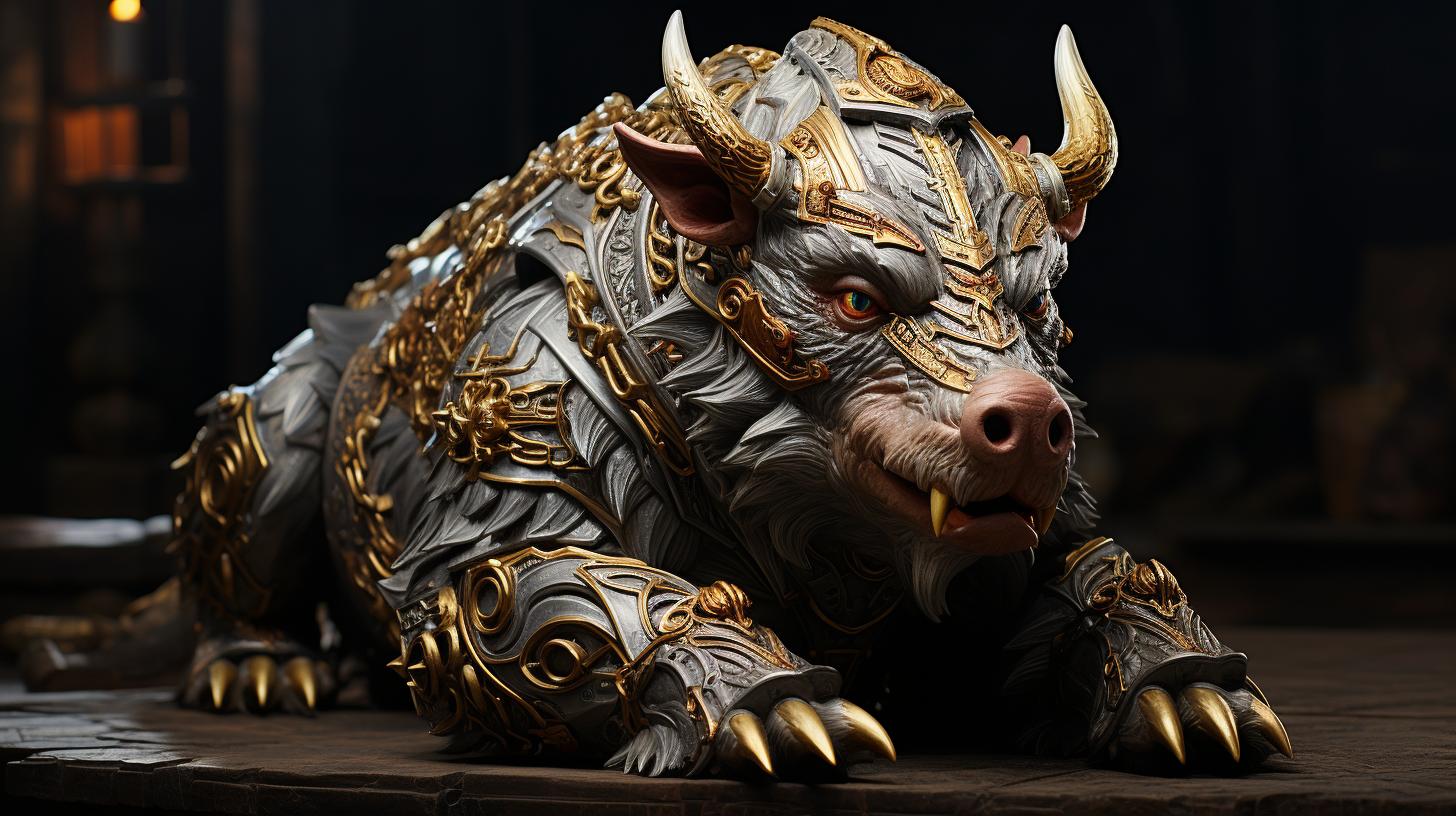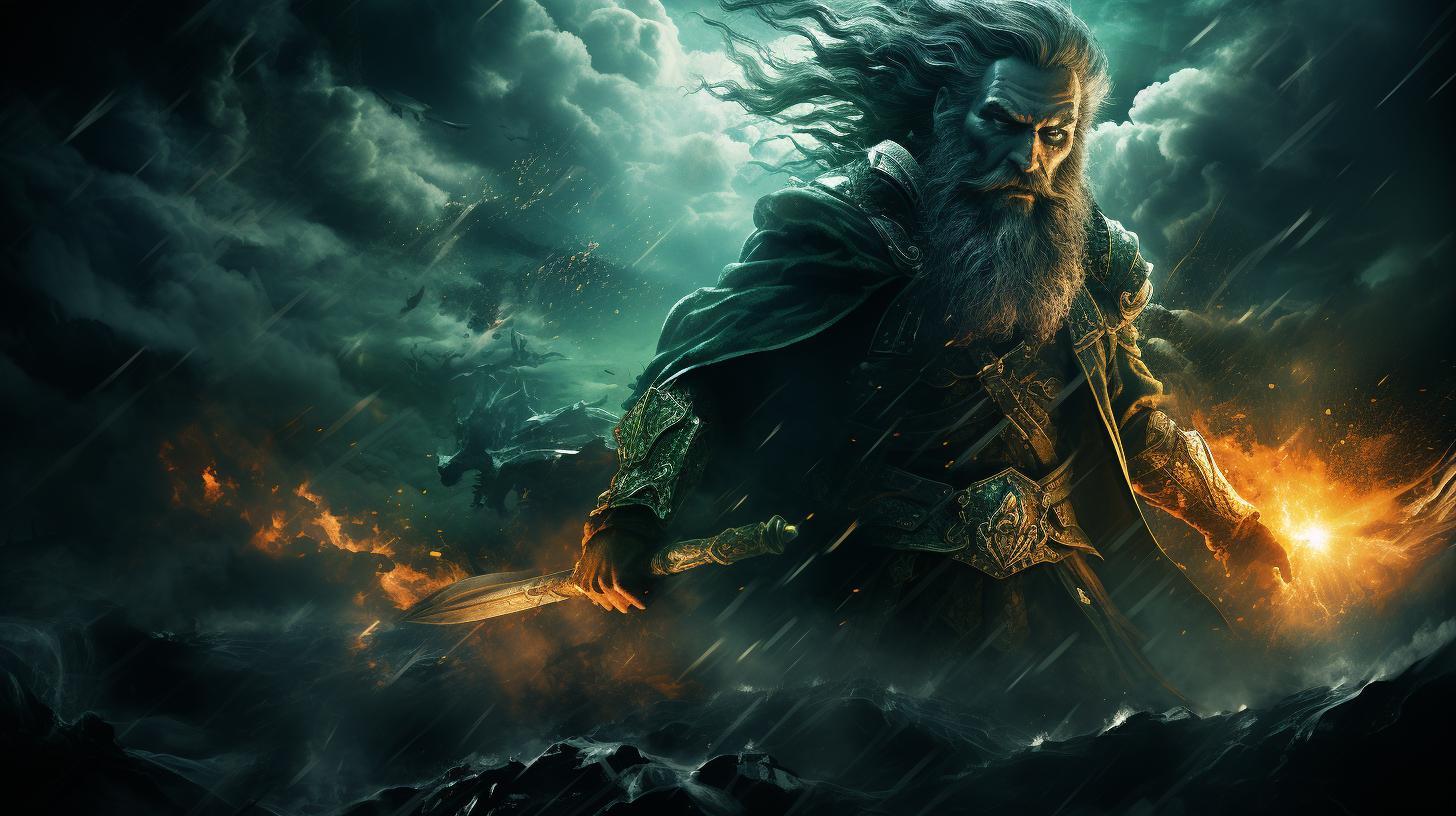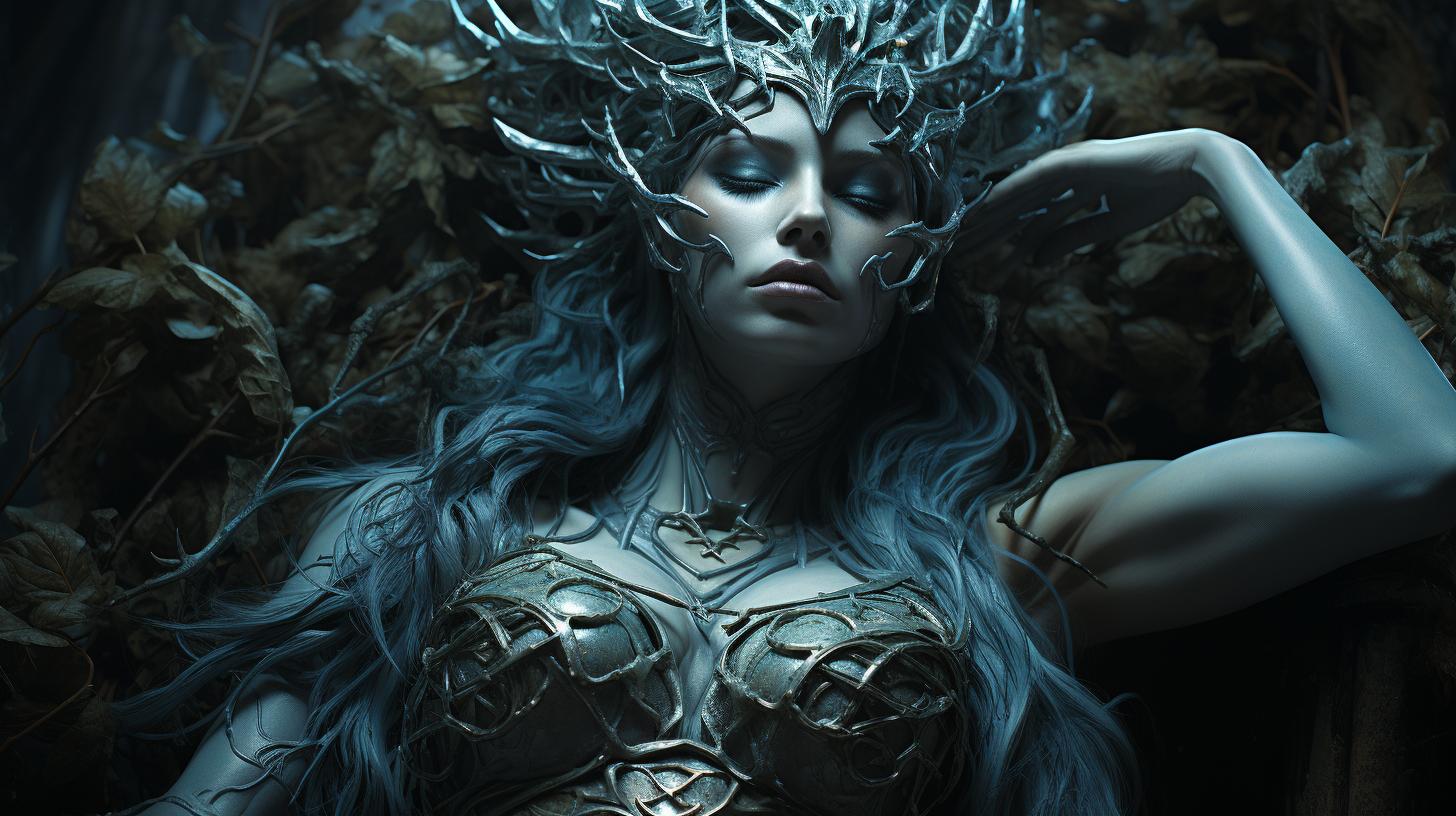Uncovering the Mighty Legacy of Magni and Modi in Norse Mythology

Magni and Modi, the powerful sons of Thor in Norse mythology, embody their father’s qualities and play significant roles in the intricate pantheon of Norse gods. While lesser-known figures in popular imagination, these gods hold connections to famous artifacts and bear the weight of prophecies that predict their leadership in the aftermath of Ragnarok, the world’s end.
Let’s delve into the backgrounds of Magni and Modi, exploring their respective roles in Norse mythology and their enduring impact on modern culture.
Understanding Magni and Modi Norse Mythology
When delving into Norse mythology, it is crucial to explore the captivating tales surrounding Magni and Modi, the two prominent sons of Thor. Each of these lesser-known figures brings forth their unique attributes and relevance in the rich Norse pantheon.
In this section, we will further explore their connection to Norse mythology, shedding light on their individual roles and unraveling the mysteries surrounding these powerful gods.
The Two Sons of Thor: Magni and Modi
In the extensive realm of Norse mythology, Magni and Modi stand out as the notable sons of Thor, the god of thunder.
While they may be unfamiliar to some, their presence is significant and cannot be overlooked. These formidable warriors exemplify the qualities and characteristics inherited from their mighty father, Thor, making them exceptional beings within the expansive pantheon of Norse gods and goddesses.
Exploring Their Connection to Norse Mythology
As gods belonging to the Aesir, one of the two primary categories of deities in Norse mythology, Magni and Modi embody various aspects of their father’s character. Their roles and attributes symbolize Thor’s immense strength, bravery, and familial loyalty.
Furthermore, their association with the renowned Mjolnir, Thor’s hammer, further solidifies their significance within the mythological narrative.
Lesser-Known Figures in Popular Imagination
Despite their vital roles and connections to Thor and the mythological events, Magni and Modi often remain overshadowed by other prominent Norse figures. Their noteworthy status as gods of physical strength, combat skills, and brotherhood is often overlooked in popular imagination.
Surprisingly, limited sagas and legends are attributed to these powerful gods, begging the question of why their stories have not received wider recognition and retelling.
Magni: God of Physical Strength and Family Loyalty
As the god of physical strength and family loyalty, Magni holds an important place in Norse mythology.
Let’s delve into his lineage, the symbolism behind his name, his role in Norse prophecy, his associations with physical strength and brotherhood, and his animal associations.
Magni’s Lineage and Parentage
Magni is the son of Thor, the mighty god of thunder. While there is some uncertainty about his mother, it is believed to be Járnsaxa, a powerful giantess. Being the older of the two sons, Magni shares a close bond with his brother, Modi, and his half-sister, Thrud.
The Symbolism Behind Magni’s Name
The name Magni derives from the Old Norse word ‘magn’, meaning ‘power’ or ‘strength’.
It perfectly reflects his role as the god of physical strength. The name Magni also signifies his mightiness and resilience, embodying his divine nature.
Magni’s Role in Norse Prophecy
According to prophecy, Magni, along with his brother Modi, would lead the gods into an era of peace after Ragnarok, the catastrophic end of the world in Norse mythology. Their inspirational courage and strength will play a vital role in ensuring the survival of the gods.
Magni’s Associations with Physical Strength and Brotherhood
Magni is closely associated with physical strength and embodies the qualities of his father, Thor. He is revered for his unparalleled power and is considered the strongest of the Aesir gods.
Magni also represents brotherhood and familial loyalty, emphasizing the importance of devotion to family bonds in Norse mythology.
Magni’s Animal Associations: Weasel and Gullfaxi
In Norse mythology, Magni is connected to two animals. The weasel symbolizes his agility and quick reflexes, reflecting his athleticism and physical prowess. Additionally, Magni becomes the owner of Gullfaxi, the horse of the giant Hrungnir.
Gullfaxi is recognized as the second-fastest horse in Norse mythology, second only to Odin’s Sleipnir.
Modi: God of Bravery and Combat Skill
Modi, one of the sons of Thor, takes on the role of the god of bravery and combat skill in Norse mythology. While much is known about his brother Magni, Modi’s lineage and parentage remain ambiguous, leaving scholars to speculate about his origins.
Nevertheless, Modi’s name carries significant meaning, reflecting his association with anger, emotion, and courage.
Modi’s Ambiguous Lineage and Parentage
Unlike his brother Magni, Modi’s mother is not explicitly mentioned in Norse mythology. This has led to debates among scholars regarding his lineage and parentage. Some argue that Modi shares the same mother as Magni, potentially being the son of giantess Járnsaxa.
Another theory suggests that Modi could be the son of Sif, Thor’s other wife, making him Magni’s half-brother and Thrud’s full brother. However, the lack of clear textual evidence leaves his lineage shrouded in uncertainty.
Deciphering the Meaning of Modi’s Name
The name Modi derives from the Old Norse word ‘móðr’, which can be translated as ‘anger’, ’emotion’, or ‘wrath’. Another interpretation suggests that his name could also mean ‘courage’. Both meanings align with Modi’s role as the god of bravery and combat skill.
It is important to note that the anger associated with Modi is different from irrational human anger, instead reflecting the righteous fury of the gods.
Modi’s Connection to Berserkers and Battle Frenzy
Modi holds a close connection to the legendary berserkers of Norse mythology.
These warriors fought in a state of frenzy during battle, displaying intense bouts of energy and manic violence. As the god associated with anger and wrath, Modi is said to inspire and oversee these fierce warriors.
The term ‘berserker’ itself likely originates from the bear skins these warriors wore, further emphasizing their connection to primal strength and ferocity.
Exploring Modi’s Associations with Courage and Fighting Skill
Modi embodies the qualities of courage and fighting skill, demonstrating his prowess in the realm of combat.
His role as a god of bravery inspires warriors to face their enemies with valor and determination. Through his association with battle frenzy, Modi encourages warriors to tap into their inner strength and unleash their full combat potential.
His influences extend beyond brute force, emphasizing the importance of strategic thinking and skill in warfare.
The Role of Magni and Modi in Norse Mythology
Within the expansive pantheon of Norse gods, Magni and Modi hold significant positions, each contributing unique attributes and playing vital roles in the mythological narratives. Let’s delve into their roles and explore their place in the rich tapestry of Norse mythology.
Their Place in the Aesir Pantheon
Magni and Modi are revered members of the Aesir, the prominent pantheon of Norse gods. As sons of Thor, they inherit their father’s strength and embody his qualities, symbolizing the next generation of leadership among the Aesir deities.
The Aesir-Vanir Conflict and Hostage Taking
In Norse mythology, the Aesir and Vanir pantheons were often at odds, engaging in conflicts that sometimes led to hostage exchanges between the two. While Magni and Modi are associated with the Aesir, it is worth noting the historical context of these pantheons’ occasional hostilities.
Ragnarok Prophecy and Magni and Modi’s Leadership
According to prophecies, Magni and Modi are destined to play pivotal roles in the epic event known as Ragnarok, the apocalyptic “twilight of the gods.” They are prophesized to lead the gods into a new era of peace, providing inspiration, courage, and strength that would ensure the survival and resurgence of the Norse gods.
Limited Accounts of Their Deeds and Legends
Surprisingly, there exist limited accounts and sagas specifically dedicated to the notable deeds and adventures of Magni and Modi. Despite their lineage and associations with Thor and Mjolnir, the hammer of the gods, their narratives remain relatively obscure and are overshadowed by other prominent figures in Norse mythology.
Overall, Magni and Modi’s roles as Aesir gods, their connections to prophecies, and their relatively unexplored legends provide intrigue and fascination within the vast realm of Norse mythology. Their significance is undeniable, despite the limited accounts of their individual feats and adventures.
The Legacy of Magni and Modi in Modern Culture
Influence on Marvel’s Cinematic Universe
The captivating tales of Magni and Modi have left their mark on popular culture, particularly within the Marvel Cinematic Universe. Inspired by Norse mythology, Marvel’s interpretation of these powerful sons of Thor has garnered significant attention and admiration from audiences worldwide.
Through the portrayal of Thor’s lineage and their connection to Mjolnir, Magni and Modi have become integral characters in the Marvel films. Their inclusion has not only added depth to the Thor storyline but has also contributed to the overall narrative of the Avengers and their battles against formidable foes.
Cultural Significance and Adaptations
The enduring legacy of Magni and Modi extends beyond the realms of cinema. Their personas have permeated various forms of literature, art, and entertainment.
- Books and Comics: Numerous novels and comic book series have explored the rich mythology surrounding Magni and Modi, providing readers with immersive experiences and further insights into their mythical origins.
- Video Games: A number of video games have embraced the captivating stories and characters of Norse mythology, allowing players to interact with Magni and Modi as they embark on epic quests and engage in epic battles.
- Artistic interpretation: Artists around the world have been inspired by the tales of Magni and Modi, creating captivating illustrations, sculptures, and other forms of artwork that depict these mighty gods in all their glory.
Magni and Modi in Contemporary Norse Mythology Studies
The study and appreciation of Norse mythology continue to thrive in academic circles, with scholars delving deeper into the intricacies of Magni and Modi’s characters and significance.
Researchers have analyzed the representation of Magni and Modi in ancient texts, seeking to understand their roles, symbolism, and influence within the pantheon of Norse gods. Their exploration sheds light on the literary, cultural, and historical contexts surrounding these enigmatic figures.
Furthermore, contemporary discussions and interpretations of Norse mythology often include an examination of Magni and Modi, illuminating their impact on societal values, beliefs, and narratives that have endured throughout the centuries.
.











